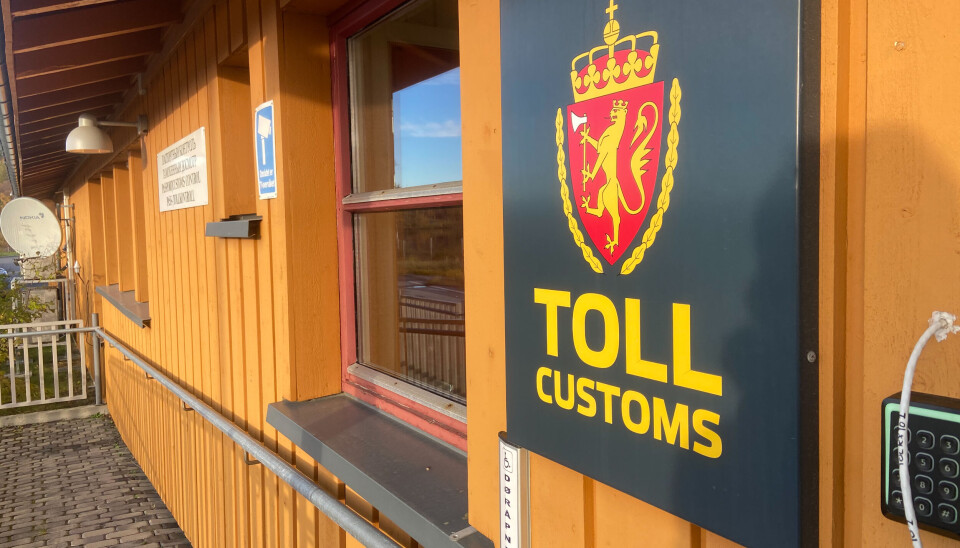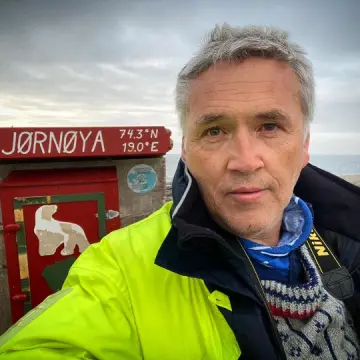Sanctioned goods
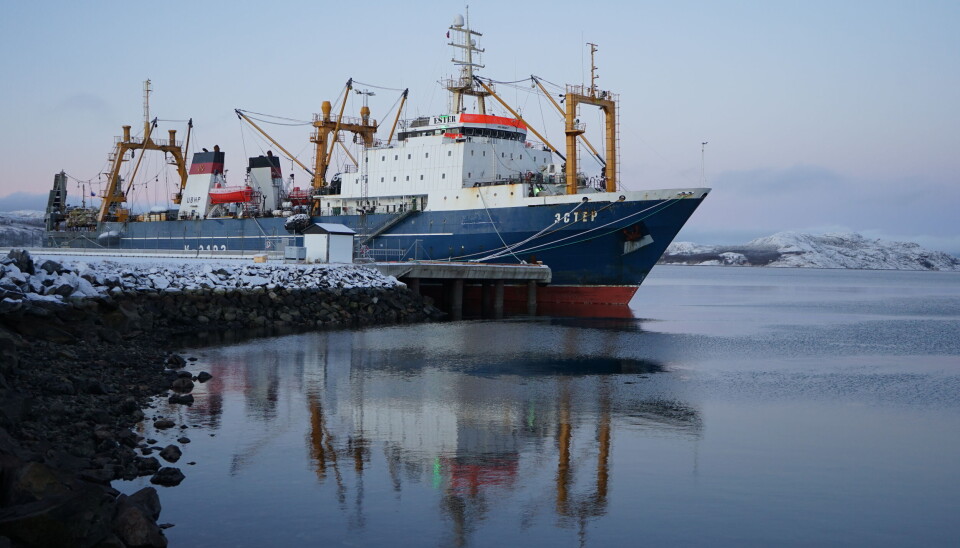
In the past one and a half years, only one confiscation has been made
Russian fishing vessels made hundreds of port calls to Tromsø, Båtsfjord and Kirkenes in 2023 and first half of 2024. Crew are disembarking and embarking day and night, but only one sanctioned item was confiscated, according to customs data obtained by the Barents Observer.
Is Russia using ports in northern Norway as a back door open for goods that are sanctioned for export due to the war on Ukraine? The question is highly relevant after the Barents Observer started to look at the facts.
Norway, along with the EU, US and UK have steadily expanded the lists of products not allowed to export to Russia.
On October 2nd, Norway adopted EU’s 14th sanctions package as a part of the response to the full-scale invasion of Ukraine.
Thousands of restricted items in hundreds of categories are targeted, particularly dual-use goods and critical technologies that could support Russia's military efforts.
Many of the products are low-cost, like mineral oil and tools you can by at Biltema or other retail stores. Microchips, sensors, and even a new iPhone are examples of banned products anyone can buy in a local Norwegian Elkjøp store, put into their pocket and embark the vessel at port before sailing back to Russia.
Half a year into Russia’s full-scale war on Ukraine in 2022, the Barents Observer could report about zero confiscations of so-called luxury goods from people crossing the Norwegian-Russian land border at Storskog. Now, we can tell about the one single item discovered by the customs from Russian fishing vessels in 2023 and the first six months of 2024.
Norwegians customs first rejected a request from the Barents Observer to see the statistics. That decision was reversed after we filed an appeal. The list, however, was not long. One confiscation in 18 months.
The customs do not detail which banned item was confiscated.
Close the ports
Member of the Norwegian Parliament, Ola Elvestuen, is not very surprised.
"This underlines once again that Russian fishing vessels must be banned from the ports of Båtsfjord, Kirkenes and Tromsø as soon as possible," he says in a phone interview.
"We have no control. The open ports in northern Norway are used to export sanctioned products. These ports should have been close two years ago," Elvestuen says.
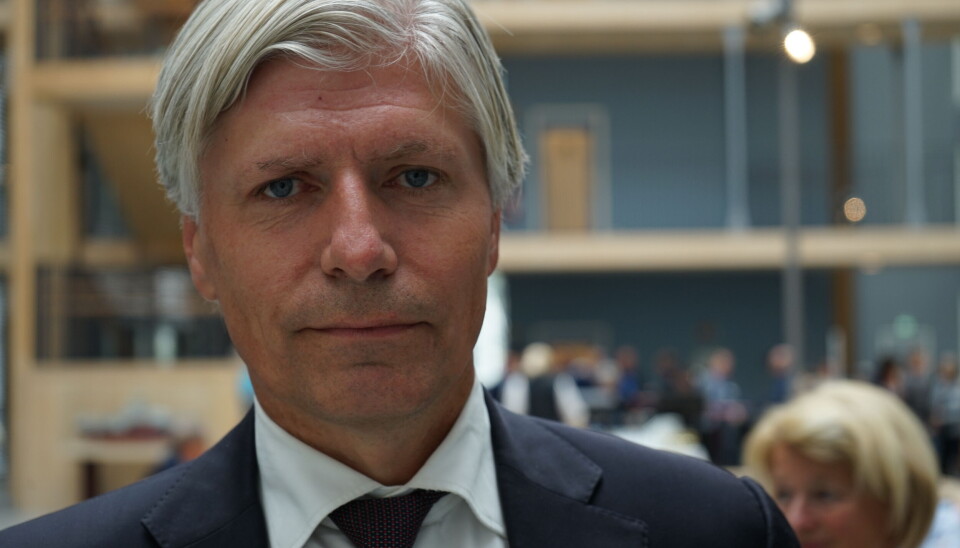
"From before we know that Russian fishing vessels are collecting intelligence. There are no coincidence when we see them sailing into Norwegian ports when NATO ships are in the area," Ola Elvestuen adds.
More customs officers
The government in August last year granted money to 15 new positions with the customs in Finnmark and northern Troms. The move came after the Barents Observer documented that not all Russian fishing vessels in the remote fishing village of Båtsfjord were checked by the customs.
Minister of Justice and Public Security, Emilie Enger Mehl in July this year said further restrictions would be implemented.
“Control activity is already high, but the police and customs are now strengthening their controls, and we are placing stricter requirements on Russian fishing vessels when staying in port” the Minister said.
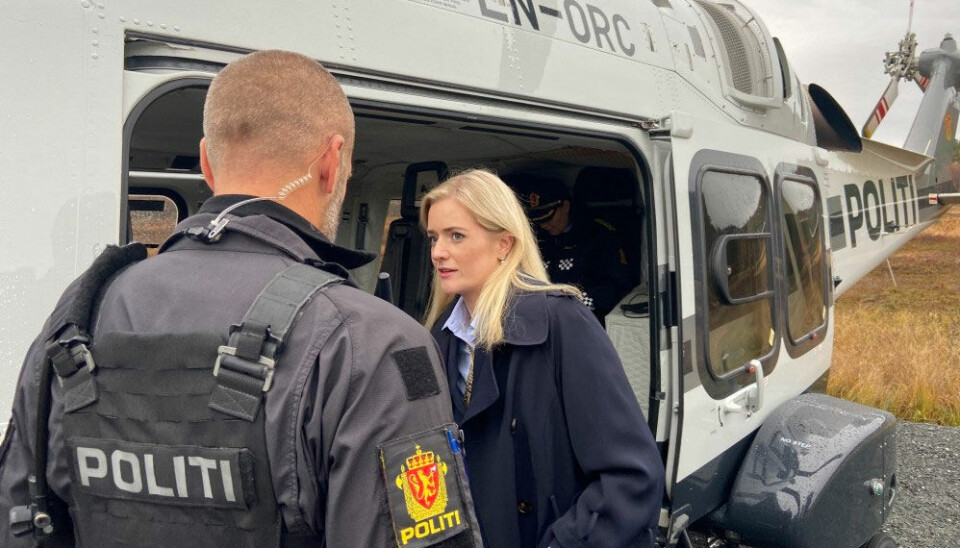
Russian vessels can now only stay in port for a few days. Their crew, though, are still free to walk in the city centres of Tromsø and Kirkenes. Especially Tromsø has numerous shops selling electronics, like toy drones, nigh-vision and radio navigation equipment, as well as a wide range of other IT components now under EU sanctions.
The general rule prohibits export of luxury goods costing more than €300. There are, however, many exemptions.
A smartphone with price of up to €750 is allowed, while the new iPhone 16 Pro at a price starting at €1,400 is not exempted.
Storskog confiscations
The customs statistics now made public also outline confiscations of banned goods at Storskog, Norway’s only land border checkpoint for travellers to Russia.
"The number of confiscated sanctioned goods from persons traveling out of Norway to Russia in 2023 and first half of 2024 are 10 and 12 for each of the periods,” the letter to the Barents Observer reads.
Traffic across the border has seen ups and downs in 2023 and 2024. Last year had 72,173 crossings, a 30 percent increase from 2022. In the first nine months of 2024, 45,800 crossings are counted at Storskog, the Police in charge of immigration informs.
September saw a 22,5 percent decrease, a logic consequence of Norway’s stricter visa-policy. Also, a ban for Russians driving private cars across the border was introduced in October 2023.
Customs will not elaborate on details. But if the 10 confiscated products in 2023 were carried by 10 different persons, it means that 0,014 percent of all border crossers were caught in attempted smuggling of illegal products.
What is not discovered is likely much higher.
The Barents Observer has witnessed many mini-busses and private cars at Storskog not being checked by customs before leaving Norway.
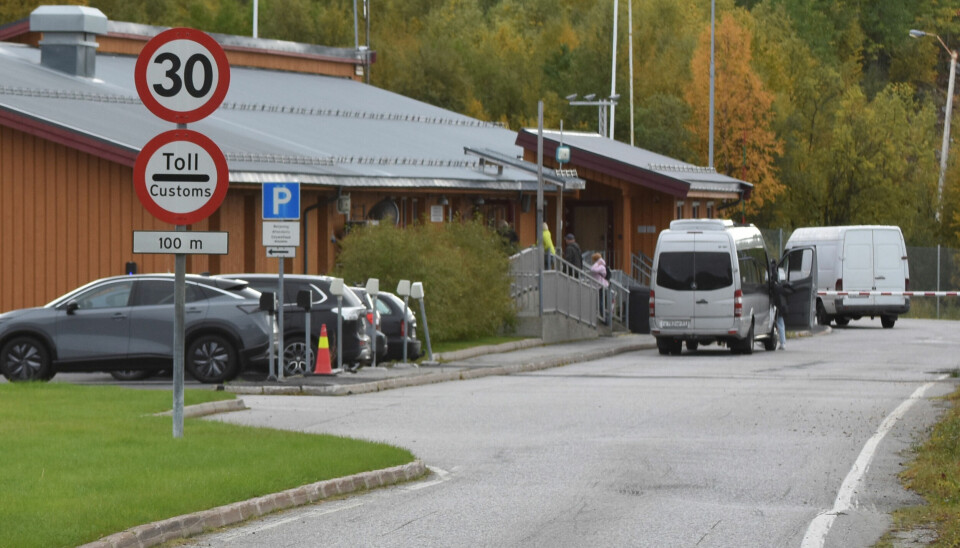
Estonia: Every 7th traveller
Figures from Estonia and Finland show a very different picture.
Estonian customs recently found that about every 7th person traveling to Russia were trying to smuggle in banned products like microchips, sanctioned electronics, parts of weapons, drones and even a Starlink antenna.
In addition, the Customs in Estonia prevented a total of €3,275,295 worth of cash being exported to Russia so far in 2024, Finnish newspaper Helsingin Sanomat reported.
The Government in Tallinn this August decided to introduce full customs control on every single person at the border with Russia. Previously, Estonia - like Norway - made random border checks, the Current Times reported.
For those crossing the border on foot, full control will mean checking each person and their luggage. For those traveling by car, both the vehicle and the items inside it will be checked.
Before Finland entirely closed the border with Russia, its customs made a snap-control campaign. A little more than 2,500 controls were carried out and of them, around 100 cases led to consideration of further measures due to sanctions, the Customs informed. This was in 2022, before the EU adopted longer lists of banned products.
Many of the travellers that previously crossed the Finnish-Russian border are today travelling north to the still-open crossing at Storskog in Norway.
EU cooperation
The five countries with direct land border with Russia; Poland, Lithuania, Latvia, Estonia and Finland have all started to implement common requirements and procedures for control over sanctions goods on the move to Russia.
Norway, not a member of the EU, is neither a direct parter to this cooperation.
At the custom's parking lot at Storskog, the northernmost of Europe's crossings to Russia, a black tarpauline covers what appears to be an Audi RS 3 LMS, a sports car with a starting price about €140,000 before VAT.
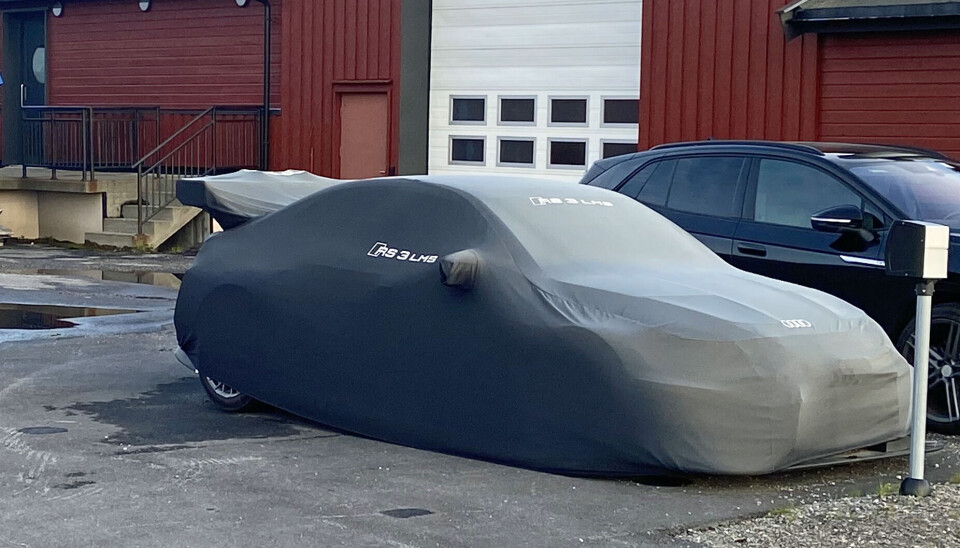
Norwegian customs is unwilling to say if the vehicle was confiscated on attempted export to Russia.
"The customs authority cannot comment on any individual cases due to the duty of confidentiality in the Transport of Goods Act. For that reason, we can neither confirm nor deny whether the depicted vehicle is connected to a case at the Customs Agency," writes spokesperson Ina Therese Vistung Knutsen in an email to the Barents Observer.
A trend aimed at circumventing export ban on luxury cars seen in the Baltic States involves people with dual citizenship register the cars in their own name, driving into Russia, and then do not bring them back.
